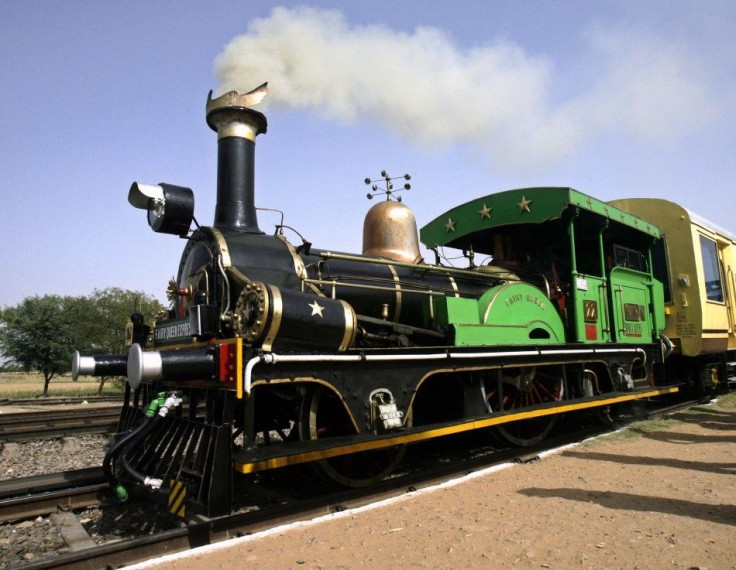Steam locomotives fire up India's railway tourism

The pounding of pistons, the rhythmic chuff of a locomotive and storybook names such as Fairy Queen are all part of the allure of India's old-fashioned steam railways, which once tied together this vast nation.
Now, heritage train aficionados are turning their passion toward the foreign tourist market, hoping for even more attention – and preservation – for the Iron Ladies they love.
Steam heritage tourism is a potential tourism sector for the country, said Ashwani Lohani, Divisional Railway Manager of Indian Railways, Delhi.
The presence of raw fire that fires raw power in the belly of steam locomotives attracts tourists, and the unique sound, the rocking gait, the shrill whistle, the throbbing body and an open design...are features that impart an irresistible charm to these black beauties, he added.
Lohani, once director of India's National Rail Museum and who piloted the historic run of the Fairy Queen, an 1855 steam locomotive recognized by Guinness World Records as the world's oldest working locomotive, is hardly alone in his passion.
There are several fan clubs on social networking websites, as well as magazines and blogs about travel to unusual places.
Others pour their hearts into fashioning model trains or dreaming about doing so. A museum dedicated to train miniatures in the western city of Pune has over 400 working model trains which draw more than 500 people every week.
There are people who come to purchase these models and stock them in their drawing rooms and there are those who just admire them but can't afford to buy them because of their price, which vary from $100 to $300, said Ravi Joshi, who runs the museum.
Now, with a growing number of foreign visitors coming for vacations and even weddings in India, tour operators are hoping to cash in on increasingly broad interest.
Tourism Steaming Ahead
There was a time when foreign travelers would be interested to travel only by luxury tourist trains of India such as Palace on Wheels, said Ashok Sharma at travel firm Real India Journeys.
Now there are hard-line steam railway travelers and photographers who come in huge groups every week. We refer to them as 'narrow-gauged' or 'single-tracked.'
Some 80 foreign tourists rode the Fairy Queen during its last season of roughly 12 to 14 runs, while more than 1,200 visited the National Rail Museum from October to December last year.
Yet despite growing interest, train enthusiasts feel efforts toward preservation have been few and far between after a noticeable decline in the number of steam trains two decades ago.
Many countries, especially the UK, retained a sizable number of steam locomotives, primarily for the twin causes of heritage and tourism. India also could have retained more of steam than what it has, said Lohani from Indian Railways.
Looking to the future, the Indian Steam Railway Society, established in 1999, has earmarked 53 routes for steam heritage train journeys in India. Many of the journeys include scenic train routes such as Darjeeling, Niligiri and India's erstwhile hill capital of Shimla, all likely to be popular with tourists.
Enthusiasts notched one victory last year when the sprawling Rewari Steam Locomotive Shed, India's only remaining locomotive shed, was transformed into a tourist spot with attractions that include nine working locomotives.
Fans, of course, are thrilled.
We were surprised when an engineer in the shed came to us and said, “let me fire up a steam loco for you guys.” The placard on the train said, “Rewari Queen,”” said Parthajit Dasgupta, a wildlife photographer.
There was a feeling of awe that rocked me as I watched the Iron Lady take her mighty steps.
© Copyright Thomson Reuters 2024. All rights reserved.





















